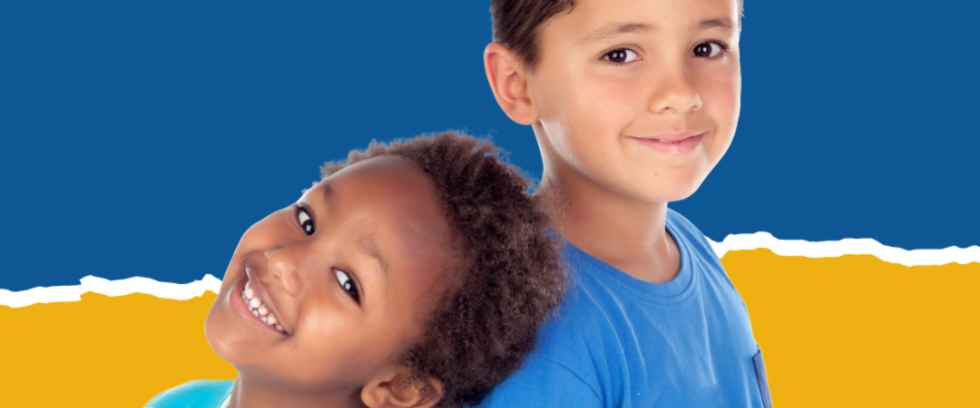Key Takeaways:
- Anxiety can impact both kids and adults.
- It is important to recognize when anxiety is existing in a healthy way, and when it might be disrupting your tasks of daily living: this is a good way to tell whether you are managing anxiety on your own or if working with a mental health professional could be helpful.
- It can be challenging to distinguish anxiety symptoms from “normal” child-like behavior.
Does your child cry, throw tantrums, freeze up, cling to you, make themselves small (“shrink”) or decide to not speak in certain situations?
All of these are both “normal” behaviors throughout childhood and they are diagnostic evaluators for determining if a child is experiencing an anxiety disorder. If that sounds complicated…it is.
Research on childhood anxiety has increased over the last few decades, but is still a significantly smaller information pool than what is known about how anxiety presents in adults. The Diagnostic and Statistical Manual (DSM) lists several anxiety disorders:
- Separation Anxiety
- Selective Mutism
- Phobia of a Specific Object
- Social Anxiety
- Panic Disorder
- Agoraphobia
- Generalized Anxiety
- Substance/Medication Induced Anxiety Disorder
- Anxiety Disorder Due to Another Medical Condition
- Other or Unspecified Anxiety Disorder
Within each diagnosis, the DSM relays prevalence among adults and children, as well as nuances in presentation between adults and children. The most prevalent anxiety disorders for children are the Separation Anxiety and Generalized Anxiety disorders, however the current DSM was published in 2013 and does not reflect the impact of recent global and/or sociocultural events, such as the COVID-19 pandemic on these rates.
While the pandemic has certainly changed the landscape of anxiety disorder diagnosis and treatment, it is still important to recognize that anxiety can exist in both natural and healthy ways, and in ways that are disruptive to tasks of daily living. There are many aspects of childhood that are anxiety inducing – starting a new grade, meeting new friends, traveling to and/or meeting family members for the first time, learning a difficult skill – therefore, it is important to try and distinguish whether or not the anxious symptoms of a child are within a “normative” range or a disruptive range.
Usually childhood anxiety disorders are diagnosed when children have consistent access to adults – parents/guardians, school counselors, teachers, coaches, etc – who can observe and recognize behavioral changes that might indicate an underlying disorder.
Here are some things to look out for: is your child struggling in activities like attending school, playing with friends, focusing in the classroom, eating meals, taking care of their body? Children usually have a less developed ability to describe their struggles and may not even be able to fully explain their experiences when you ask questions.
Try to pay attention to how they behave as clues to what their challenges might be. The hard part about child treatment is helping the child find their own voice and learn to talk about and work on their difficulties. This can be hard for the parent(s) as well.
A good child therapist should involve the parents in the treatment process and help parents figure out how to best help their child take good care of themselves and be successful.
Practice patience with yourself, patience with the child, and patience with the process of understanding and managing anxiety disorders. Healing is not linear, and adjusting and adapting treatment to the ever-changing needs of a developing child is inherently challenging.

Author: Anton Babushkin, PhD
Looking for a Therapist? Start My Wellness has highly experienced Licensed Therapists that are currently accepting new patients.


